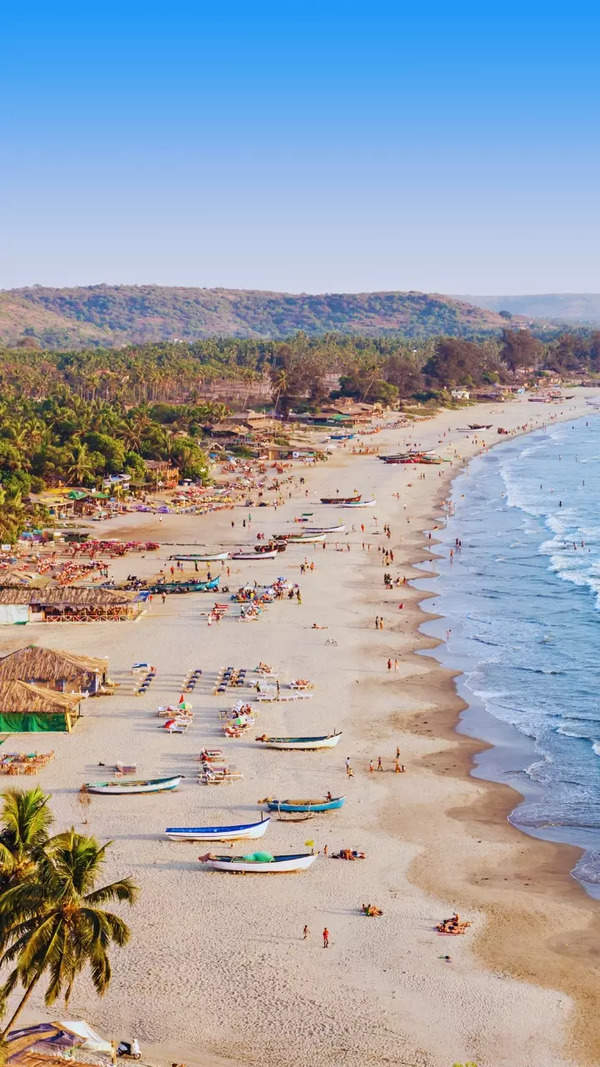- News
- City News
- dehradun News
- ‘We thought the spot was safe for workers’: BRO officers on Mana avalanche
Trending
‘We thought the spot was safe for workers’: BRO officers on Mana avalanche
An avalanche beyond Mana village near the Sino-India border has claimed eight lives and shattered the sense of security, affecting an ongoing BRO double-laning project. The disaster's aftermath and fear among workers might delay the critical completion of the road to Mana Pass within the targeted timeline.
DEHRADUN: When the avalanche roared down the slopes 500 metres beyond Mana village, killing eight people, it wasn't just lives that were lost — it was also the belief that this place was safe. The Border Roads Organisation (BRO), which has been working on double-laning the critical highway to Mana Pass along the Sino-India border, considered the area relatively secure, given that both Army and Indo-Tibetan Border Police (ITBP) camps sat within 100-200m. That notion was shattered when the search and rescue operation, led by the Army's Ibex brigade, concluded with the recovery of the last missing body on Sunday.
"We thought that the spot— ‘Mana km-0' — was safe because there had been no avalanches here before. The Army and ITBP camps nearby reinforced that sense of security. Nobody expected such a deadly avalanche," said a BRO officer. "This is where the road to Mana Pass begins. Labourer containers had been stationed here for the past three years."
This isn't the first time the mountains in this region have proved unpredictable and deadly. TOI had earlier reported that the area near Mana village is considered one of Uttarakhand's most avalanche-prone zones. In April 2021, a similar disaster struck Chamoli district, near the China border, when a glacier burst triggered an avalanche in Malari-Sumna, claiming 10 lives.
The aftermath of the disaster is already being felt beyond the immediate loss. Another BRO officer, reflecting on the long-term impact of the disaster, said the incident could make it difficult to find workers for the project by the contractor. "People will be scared. The moment they hear where they have to work, they'll hesitate. That could slow down progress, which, in turn, could delay troop induction as well. But despite the challenges, we still aim to complete the 63km stretch from Mana to Mana Pass in two years, widening the road from a single lane to a 6m-wide double lane," he said.
Stay updated with breaking news, weather updates, bank holidays and upcoming public holidays in march.
End of Article
FOLLOW US ON SOCIAL MEDIA










